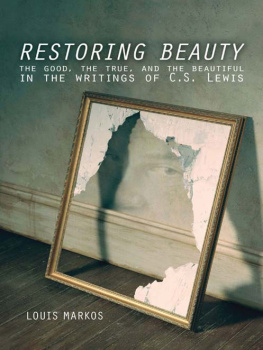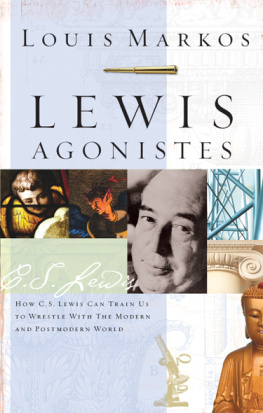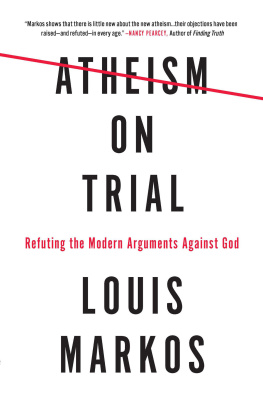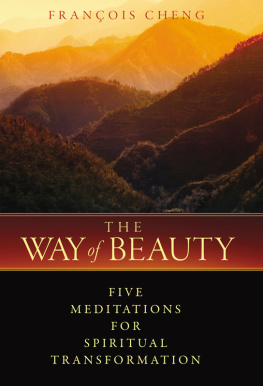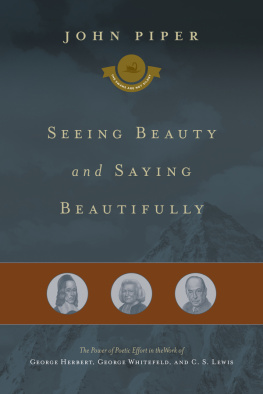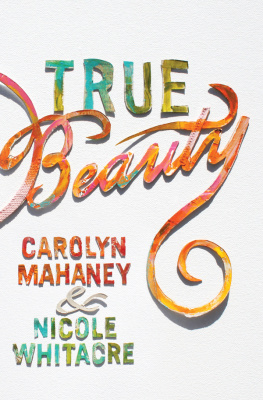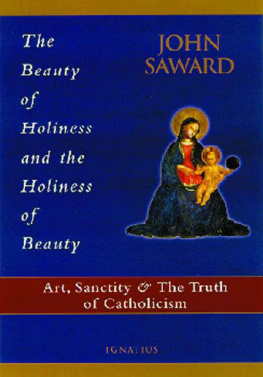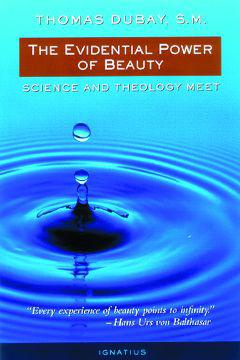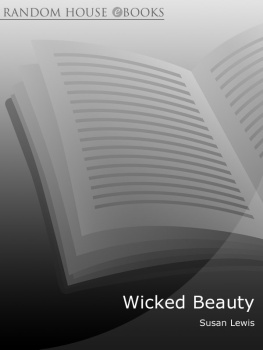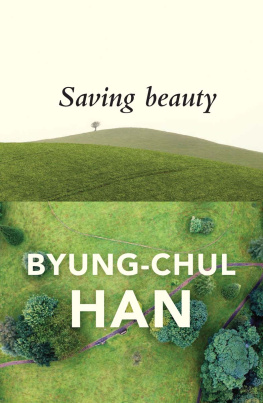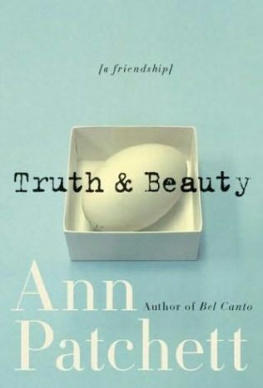
RESTORING BEAUTY:
THE GOOD, THE TRUE, AND THE BEAUTIFUL
IN THE WRITINGS OF C.S. LEWIS
LOUIS MARKOS
InterVarsity Press
P.O. Box 1400
Downers Grove, IL 60515-1426
World Wide Web: www.ivpress.com
E-mail:
All rights reserved. No part of this book may be reproduced in any form without written permission from InterVarsity Press.
InterVarsity Press is the book-publishing division of InterVarsity Christian Fellowship/USA, a movement of students and faculty active on campus at hundreds of universities, colleges and schools of nursing in the United States of America, and a member movement of the International Fellowship of Evangelical Students. For information about local and regional activities, write Public Relations Dept. InterVarsity Christian Fellowship/USA, 6400 Schroeder Rd., P.O. Box 7895, Madison, WI 53707-7895, or visit the IVCF website at www.intervarsity.org.
ISBN: 978-0-8308-5938-2
Copyright 2010 by Louis A. Markos
Extracts by C. S. Lewis copyright C. S. Lewis Pte. Ltd. Reprinted by permission.
All Scripture quotations are taken from the King James Version. Public domain.
This book is dedicated to
Stan Mattson
and
the C. S. Lewis Foundation
for advancing the renewal
of Christian thought and creative expression
in the spirit of C. S. Lewis
CONTENTS
Chapter 1:
Fractured Fairy Tales and the Cult of the Ugly
Chapter 2:
The Space Trilogy I: The Beauty of Hierarchy
Chapter 3:
The Space Trilogy II: The Beauty of the Normal
Chapter 4:
Narnia I: The Beauty of Complementarity
Chapter 5:
Narnia II: The Beauty of Clarity
Chapter 6:
Narnia III: The Beauty of Light and Truth
Chapter 7:
Till We Have Faces: The Beauty of Beauty
Chapter 8:
The Nature of Good and Evil
Chapter 9:
Further Up and Further Down
Chapter 10:
Heroes and Villains
Chapter 11:
Courage along the Road
Chapter 12:
The Heirs of Nietzsche
Chapter 13:
Losing the Tao
Chapter 14:
The Dangers of a Values-Free Education
Chapter 15:
From Tao-less Students to Tao-less Citizens
Chapter 16:
The Scientist and the Magician
Chapter 17:
The Chest-less Tyrant
Chapter 18:
The Death of Language
Chapter 19:
Restoring the Past
Chapter 20:
The Renaissance Never Happened
Chapter 21:
Dinosaurs in the Classroom
Chapter 22:
Genial Criticism
Chapter 23:
The Historical Point of View
Chapter 24:
The Professor as Public Educator
Chapter 25:
Restoring Virtue
I n the closing lines of his poem Ode on a Grecian Urn, John Keats makes the memorable, if somewhat enigmatic, claim that beauty is truth, truth beauty. These five words, when filtered through the life and legacy of C. S. Lewis, provide the impetus and raison dtre for this book. More and more in our modern and postmodern culture these two concepts (beauty and truth) have been separated both from each other and from their individual connection to a divine source of Beauty and Truth: a separation that is perhaps most evident in the twin realms of education and the arts. Even as our public schools move further and further away from their connection to the universal moral code (what Lewis dubbed the Tao), the world of art (whether high or low) embraces an aesthetic that privileges ugliness over beauty, nihilism over form, and radical self-expression over the pursuit of higher truth. As an effective apologist for and a practitioner of truth-based education and as a creator (or, better, a subcreator, to use J. R. R. Tolkiens more accurate term) of his own beauty-enhancing fiction, Lewis is the ideal guide for all those who would seek to restore truth and beauty to their proper place and role in our modern world.
Accordingly, in the four sections that make up this book, I will attempt (with Lewis as my guide) to construct a countervision to the prevailing mood of ugliness and relativism that has so gripped our culture. The first two sections will focus on the arts and will use Lewiss eleven novels as a key to unlock the mysteries of goodness, beauty, and truth that our age has either ignored or deconstructed. I intend the first section to be broader and more theoretical, both in its survey of the problem and in the tentative solutions it offers. The second section is more practical and offers advice to parents on how they might use a family reading of The Chronicles of Narnia to instill in their children a richer, more traditional understanding of good and evil, virtue and vice.
Sections III and IV will shift the focus to the world of education, with the former considering the impact of relativism on children in kindergarten through high school and the latter carrying the critique into the ivied halls of academia. In these sections, I will be guided by Lewiss apologetical and academic works rather than by his fiction. I conclude with an epilogue in which I present my own updating of Lewiss The Screwtape Letters and Screwtape Proposes a Toast. It will come, I hope, as no surprise that Screwtape has devoted his more recent efforts to promoting the Cult of the Ugly and relativism in the schools.
It has been seven hundred years since Dante showed us how easy it is to fall off the straight way. It is my belief that C. S. Lewis (like both Virgil and Beatrice) can help us keep to the road.

This book has had a rather interesting genesis. It began its life as two separate speeches that I gave for two of the finest C. S. Lewis organizations (the New York C. S. Lewis Society and the C. S. Lewis Foundation): in August 2003 I delivered a plenary address on The Abolition of Man for a symposium held at the Immaculate Conception Center in Douglastown, New York; in July 2005 I delivered a plenary address for the Oxbridge Conference in Oxford, England, under the title Rehabilitating Beauty: The Good, the True, and the Beautiful in the Fiction of C. S. Lewis. I later turned these speeches into essays and then expanded them further into the book you hold in your hand. Screwtapes Millennial Toast was written earlier (in 2001), and I have had the opportunity, on many occasions, to dress myself up as Screwtape (in a white tuxedo) and deliver the toast dramatically. In April 2004 I presented the toast as a plenary address for the Seventh Annual C. S. Lewis & the Inklings Conference held at LeTourneau University in Longview, Texas, at which point it was printed, in a very limited edition, in the proceedings of the conference.
Parts of this book have also appeared, in altered form, as freestanding essays in journals: (1) parts of chapters 1315 have appeared as The Dangers of a Values-Free Education: C. S. Lewis and the Abolition of Man, Bulletin of the New York C. S. Lewis Society, September/October 2003; (2) those same chapters have also appeared, in a very different form, as Excluded Middle School: Why C. S. Lewis Was Right about Chests, Touchstone, July/August 2005; (3) chapters 1921 form the core of Aslan in the Public Square, in Reasons for Faith: Making a Case for the Christian Faith
Next page
